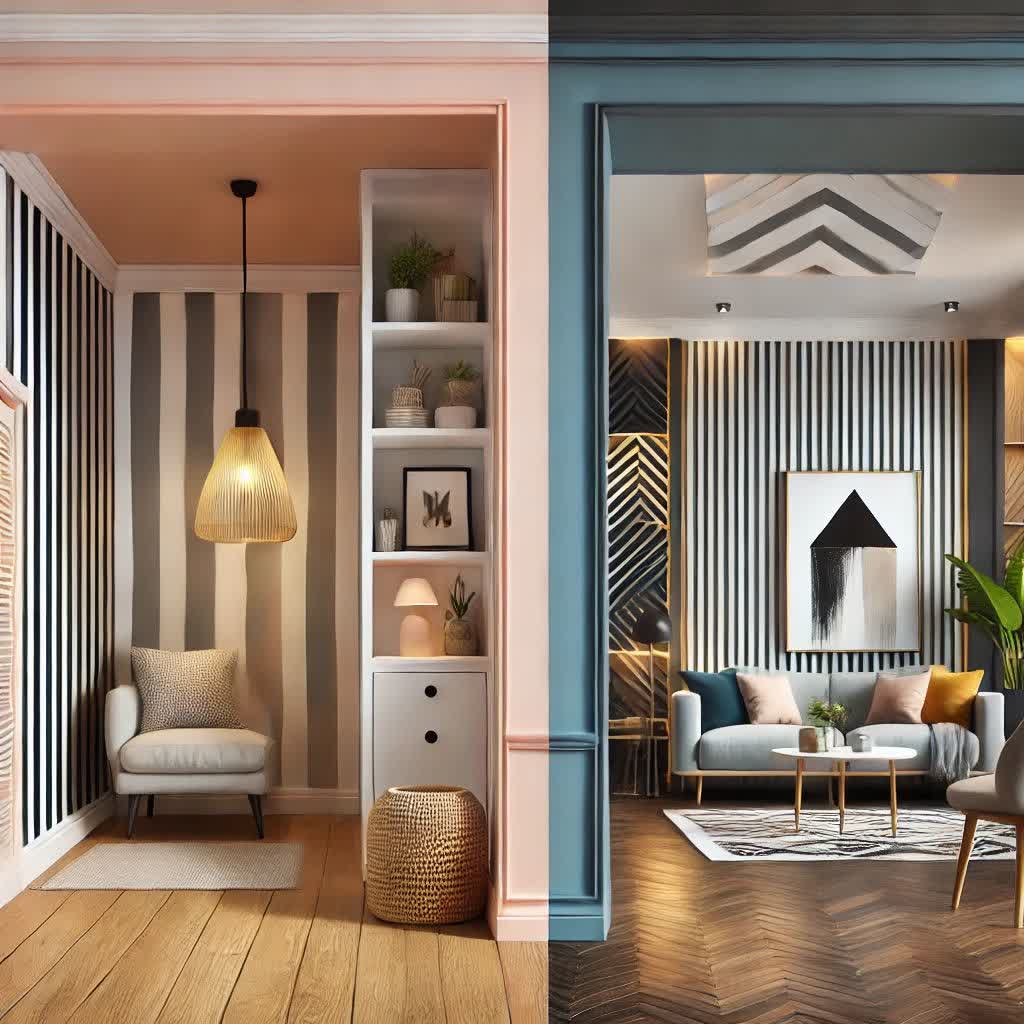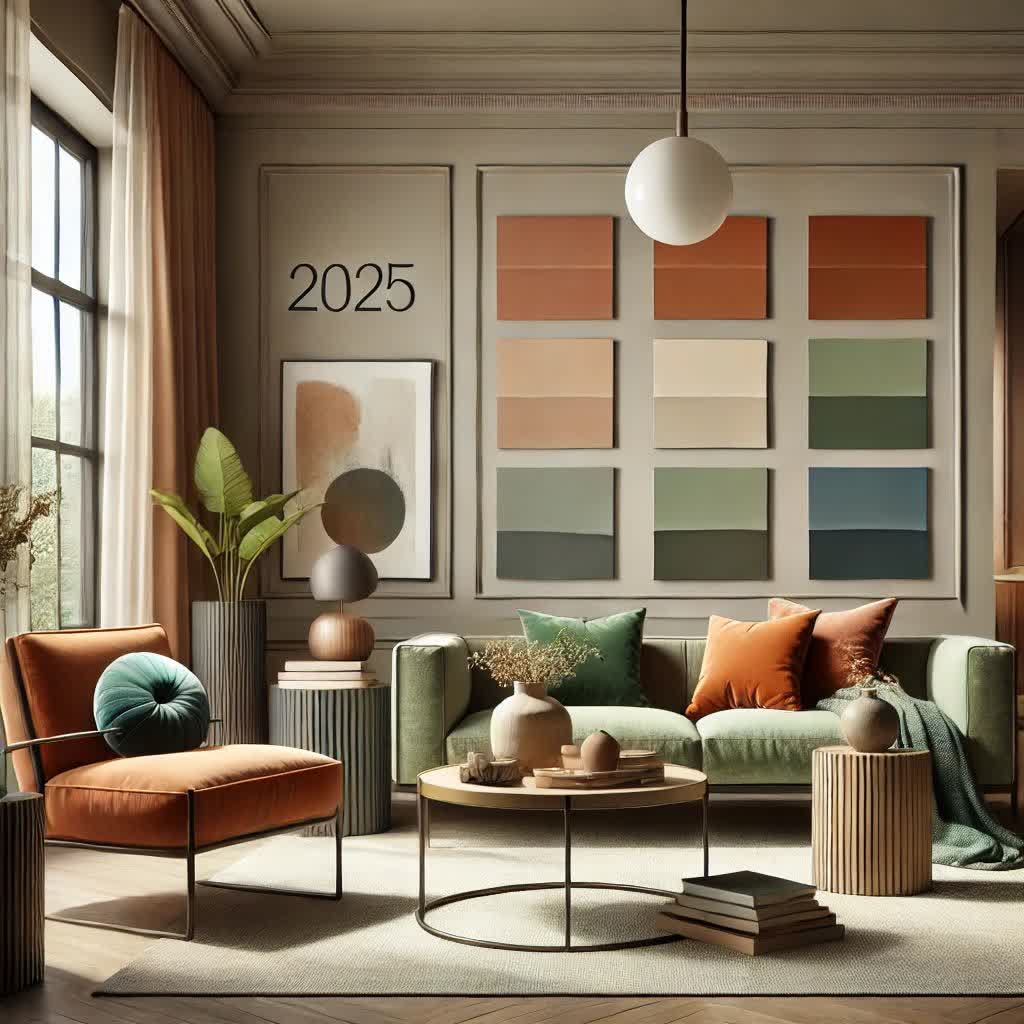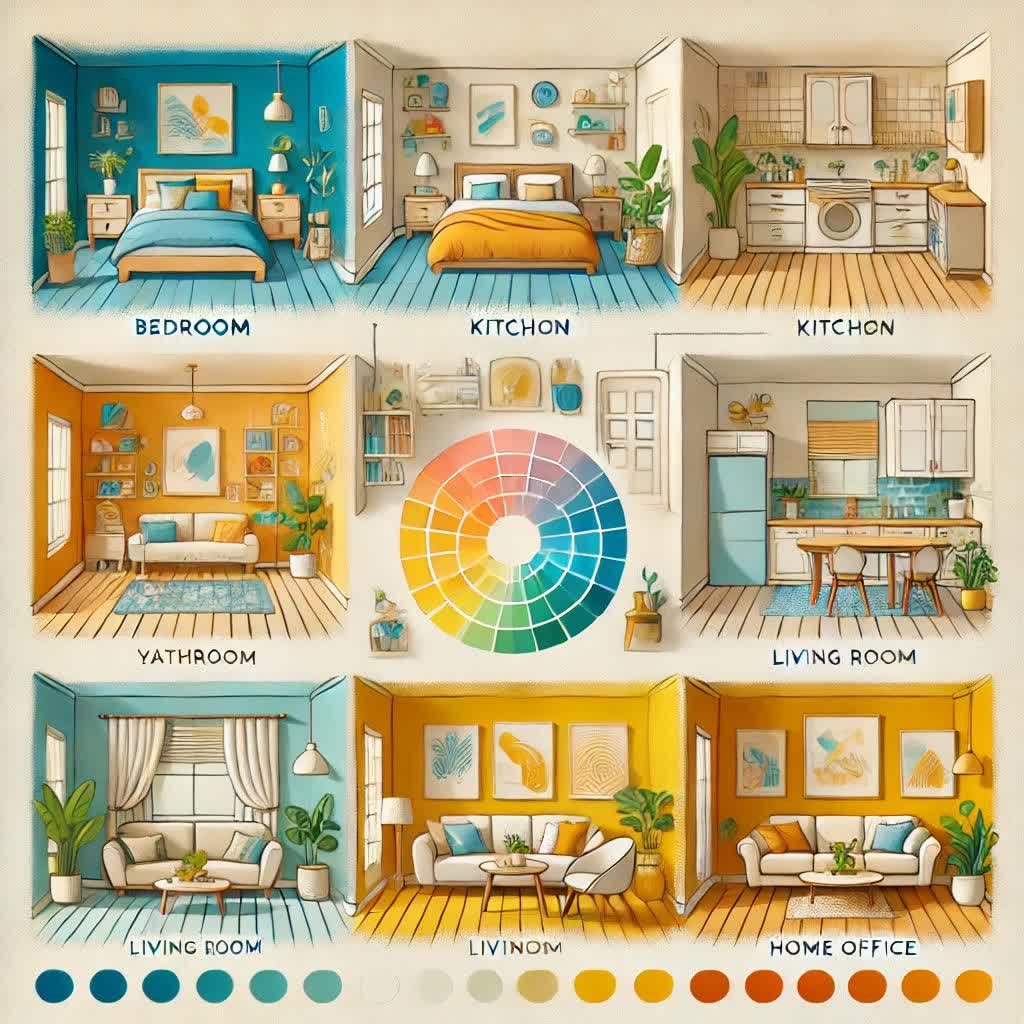Painting Techniques for Creating Small and Large Spaces: A Comprehensive Guide
When it comes to interior design, the use of color and paint can dramatically influence the perception of space. Whether working with a cozy small room or an expansive large space, the right painting techniques can enhance the aesthetic appeal and functionality of any area. This article explores various painting techniques that can help create the illusion of size, depth, and texture, making rooms feel more expansive or intimate based on your design needs.
Understanding the Psychology of Color
Before diving into specific techniques, it’s crucial to understand how color affects our perceptions of space. Lighter colors tend to make a room feel larger and more open, while darker hues can create a warm, intimate atmosphere. Understanding the psychological impact of colors can help in choosing the right palette for your project.
Techniques for Small Spaces
1. Choose Light Colors
Light and neutral colors such as whites, creams, and pastels reflect more light. This reflection creates an airy feel that can visually expand the space. For instance, painting walls and ceilings in the same light color eliminates visual boundaries, making the area feel larger.
2. Use Vertical Stripes
Vertical stripes on walls can draw the eye upward, creating an illusion of height. This technique works particularly well in rooms with low ceilings. Striping can be done with varying shades of the same color or contrasting colors for a more dramatic effect.
3. Accent Walls
Create an accent wall with a bold color or pattern while keeping the other walls light and neutral. This draws attention to one wall and adds depth to the room without overwhelming it. Choose a wall that naturally catches the eye, such as the wall behind a bed or sofa.
4. Consider the Ceiling
Painting the ceiling a shade lighter than the walls can provide a sense of openness. Conversely, if the ceiling is painted a darker color, it can make the space feel cozier. A light ceiling color against deeper wall colors creates contrast and can enhance the height of the space.
5. Utilize Glossy Finishes
Glossy finishes reflect light better than matte finishes, enhancing the feeling of space. Using a semi-gloss or high-gloss paint can create a shimmering effect, especially in small rooms, making them feel more vibrant and larger.
6. Incorporate Mirrors
While not a painting technique per se, strategically placing mirrors can enhance the effect of paint colors. Mirrors reflect both light and color, creating the illusion of more space. Consider painting a frame to match the room’s color scheme for a cohesive look.
Techniques for Large Spaces
1. Darker Colors with Rich Textures
Large spaces can benefit from deeper and richer colors, which can add warmth and a more intimate feeling. Consider using deep blues, greens, or even bold reds. Incorporating textured paint (such as sponge, rag, or comb techniques) can add richness and interest to walls.
2. Divide with Color
In larger rooms, dividing the space can create functional areas. Using different colors for distinct areas can guide the eye and make the room feel more intentional. For example, painting one section a different color can define an entertainment area separate from a dining space.
3. Play with Patterns
Large spaces allow for experimentation with patterns. Incorporate stencils, geometric designs, or wallpaper on one wall or sections of walls. This technique adds dynamic visual interest and can help break up the expanse of empty wall space.
4. Consider Architectural Features
If a room has architectural features such as beams, columns, or alcoves, consider painting them in contrasting colors or finishes to emphasize their shapes. This technique can add depth and personalization to large areas.
5. Cohesive Color Palette
Use a cohesive color palette throughout the large space to create flow and connectivity. Even when using multiple colors, ensuring they complement each other will help maintain a sense of unity.
6. Utilize Color Blocking
Color blocking can add a contemporary twist to large spaces. Try dividing the walls horizontally or vertically, using two colors to create a modern look. This technique not only adds visual interest but can also segment the space without physical barriers.
Practical Tips for Successful Painting
– Preparation is Key: Always prepare the surfaces before painting. Clean, patch, and prime, as needed. Proper preparation ensures a smooth finish and enhances the longevity of the paint job.
– Use Quality Tools: Invest in high-quality brushes and rollers to achieve a professional finish. Good tools make a significant difference in the application process and outcome.
– Test Colors: Always test paint colors in the actual space before committing. Colors may appear different under various lighting conditions throughout the day.
– Mind the Lighting: Consider the type of lighting in the room (natural and artificial). Colors can change based on light, so always assess how the paint will look at different times of the day.
Conclusion
Creating the right atmosphere in small and large spaces through painting techniques is not just about choosing the right color; it’s also about how those colors interact with each other, the size of the space, and the light that fills it. By implementing these strategies, transforming any area into a visually beautiful and functional space is possible. Whether aiming to make a small room feel larger or to add warmth to an expansive area, the right painting techniques can make all the difference.
By understanding and applying these painting techniques, any space can be transformed into a more aesthetically pleasing area that feels perfectly tailored to its intended use. The beauty of paint lies in its versatility—embracing that can lead to stunning results.



